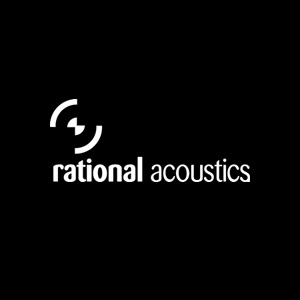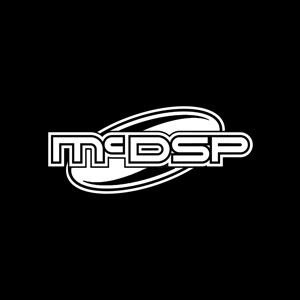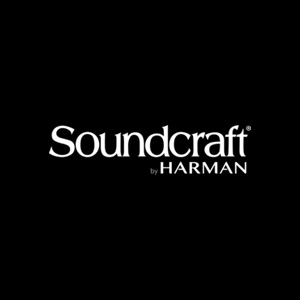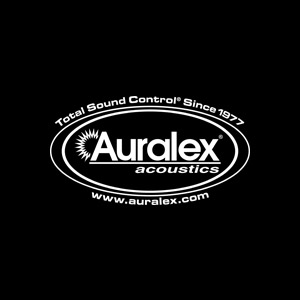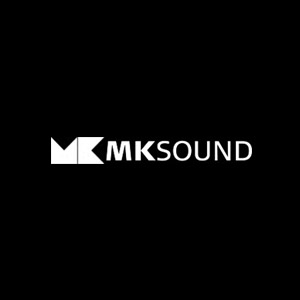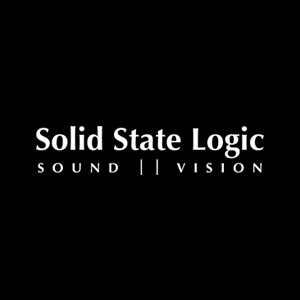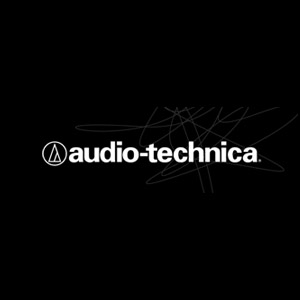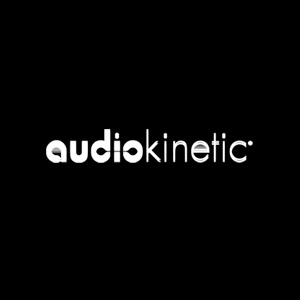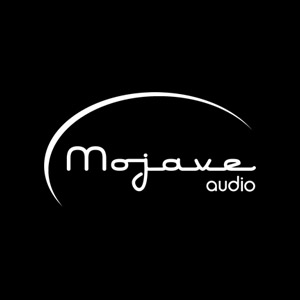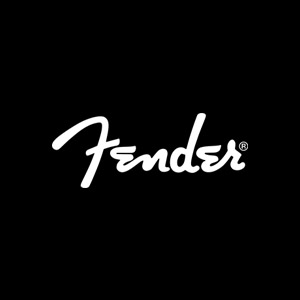Intro to the Basics of Digital Recording
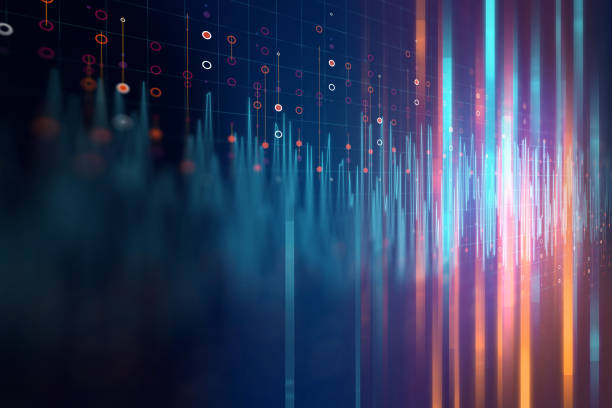
What is digital audio? How do we record audio in the digital world? To start off with, audio is our perception of differences in air pressure. Common vibrations, or frequencies, are what our ears use to determine what a sound is, how high the pitch is, and where it is coming from. When recording audio to an analog style medium, sound waves are converted or “transduced” in the microphone capsule. The diaphragm of the mic is pushed, and that changes the active voltage going down the microphone cable. The electronic signal can then be processed as negative or positive movement, instead of physical pressure. Speakers work much in the same way that a microphone does, just in reverse. They take the electronic signal and use that to push the speaker diaphragm in and out, thus creating sound pressure waves that we can hear.
When we are going to record to a digital medium, the electronic signals need to be converted into digital, or binary, code. This is the job of the A to D converter – Analog to Digital. Sometimes these are referred to as ADCs, and then on the back end there are the DACs, or Digital to Analog Converters. In many cases, we call these devices “interfaces”. They are designed to accept an incoming analog signal, and they can then convert it into digital audio that can be worked with in a DAW, or digital audio workstation. Often these interfaces can connect using USB, Firewire, or their own proprietary interface card that must be installed into the computer.
Digital audio is based on taking samples, or “snapshots”, of the waveform. Instead of having a continuous flow of information, like analog audio does, digital audio is just a series of pictures of the audio. Similar to how movies are a series of pictures that are played one after another, digital audio is a series of samples played one after another to give us the impression of true audio.
There are two components to digital audio – sample rate and bit depth. Sample rate refers to how many snapshots are taking of a waveform every second. This directly relates to frequency. The higher the sample rate, the more accurate of a representation the digital audio can present, and the higher the frequency can be recorded. For example, CDs have a sample rate of 44.1kHz, or 44,100 snapshots per second. Using what is know as the Nyquist theorem, the highest possible frequency that can be recorded is 22,050Hz, which is just above the standard range of human hearing.
Bit depth correlates to volume, or amplitude. One bit represents two possible values – either 0 or 1, on or off. If we were recording using one bit quality, we would only hear sound very loud, or completely silent. If we increase the bit depth, we can thus get better resolution in the sound. With two bit quality, there are four possible values – off, quiet, louder, loudest. This way we can start hearing the “dynamics” of audio. CDs use 16 bit depth recording, which allows for over 65,000 levels of volume.
Read more about the Basics of Digital recording here. You can also find out more info about our comprehensive digital recording lessons here.


